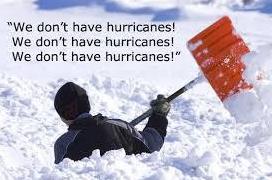
Very Plowable
We usually get a little warning: an October coating of slush, a fistful of flurries around Halloween? Not this year. We'll go from dull-green lawns to a snowy Currier and Ives landscape, in a blink of an eye. No easing into winter this year.
There's no intense storm to track, rather an extended period of light to moderate snow, as warm glides up and over a sharp temperature boundary. With temperatures consistently below freezing in the lowest mile of the atmosphere I expect all snow from the Twin Cities into St. Cloud. Roads will go from slushy to icy to treacherous as the mercury drops through the 20s. Rush hour tomorrow morning will be anything but.
How much in my yard, Paul? Please be specific! Odds still favor a healthy pile of white, enough to shovel and plow. I expect most suburbs to pick up 5-10 inches by Tuesday morning; a better chance of a cool foot from St. Cloud into the far northern suburbs of the Twin Cities but less snow south of the Minnesota River, where ice may mix in for a time.
Travel should improve during the day Tuesday but highs in the 20s this week will keep roads icy.
Snow lovers will celebrate an early January the next 2 weeks - but long-range models hint at a Thanksgiving thaw. That said, the maps very much look like the dead of winter. Payback for a supernaturally nice autumn?
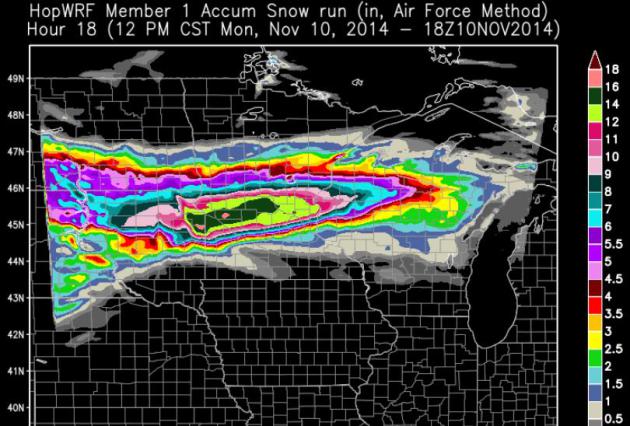
Largest 24-Hour Snowfalls in November. It will be hard to top November 1, 1991, when 18.5" of snow fell in one day, during the 3-day snow blitz known as the Halloween Superstorm. If we pick up at least 7.7" of snow at MSP International this would be a top 10 November snowfall. Very possible, although the official snowfall total will be at the airport, where amounts will be less than the northern suburbs. Graphic: NOAA.
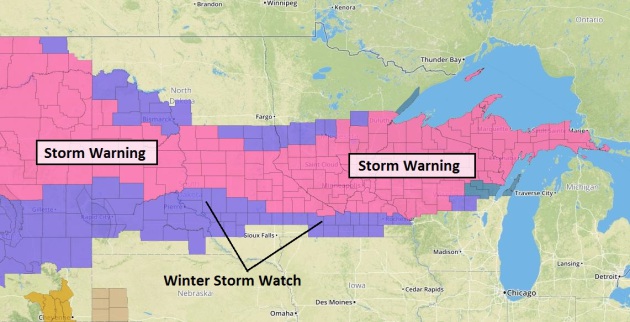
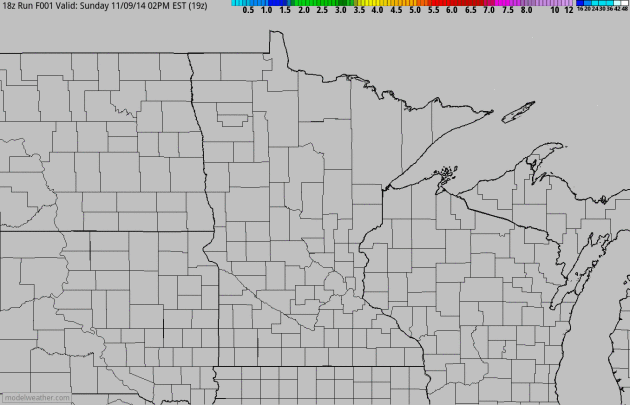
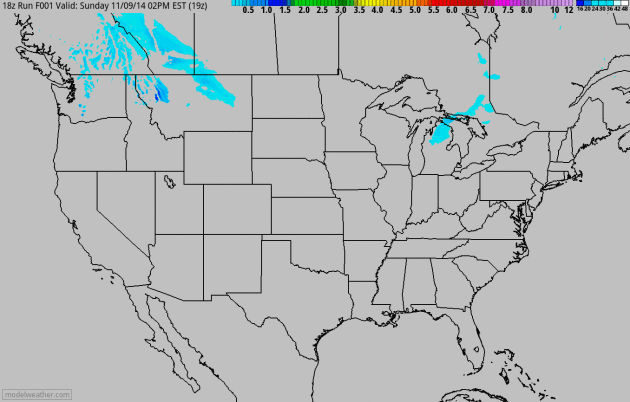
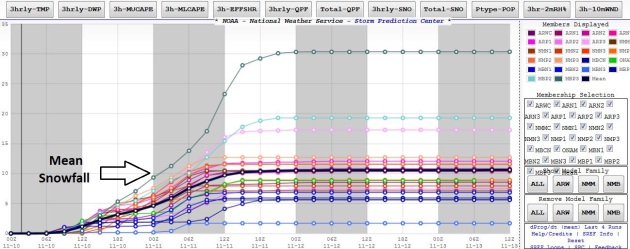
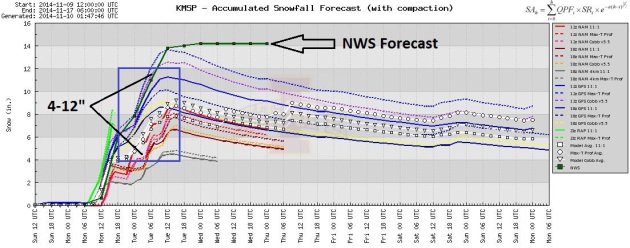
Tracking Model Trends. The axis of heaviest snow Alexandria to St. Cloud into the far northern suburbs of the Twin Cities. This still looks (very) plowable, and St. Cloud stands a much better chance than the Twin Cities of seeing some 10-14" amounts by Tuesday morning.


39 F. high in St. Cloud Sunday.
43 F. average high on November 9.
41 F. high on November 9, 2013.
National Weather Service Historical Data for November 9:
1999: Late season hail fell in Eden Prairie. Pea size hail (0.25 inch. in diameter) up to one foot deep collected near storm drains near Hennepin Technical College and Hwy 212. Pea size hail about 4 inches deep was also reported on grass near Hwy 5 and Mitchell Rd. The hail and torrential rains forced drivers off the road in Bloomington.
1998: A potent storm nick-named a "land hurricane" set a new all time record low pressure for Minnesota around noon at Albert Lea and Austin as it passed overhead. The automated weather observing equipment at both airports measured a barometric pressure of 28.43 inches, which broke the previous record of 28.55 inches set on 11 January 1975 in Duluth. The new record for the Twin Cities was set with a reading of 28.55 inches. The previous record was 28.77 inches, set on April 13th of 1964. 10 inches of snow fell at Madison, MN and St. Cloud State University had a wind gust to 64 mph.
1975: The Edmund Fitzgerald sinks off Whitefish Bay with the loss of 29 people.
1913: A severe windstorm occurred on Lake Superior. Three ships were lost. Winds were clocked at 62 mph at Duluth.
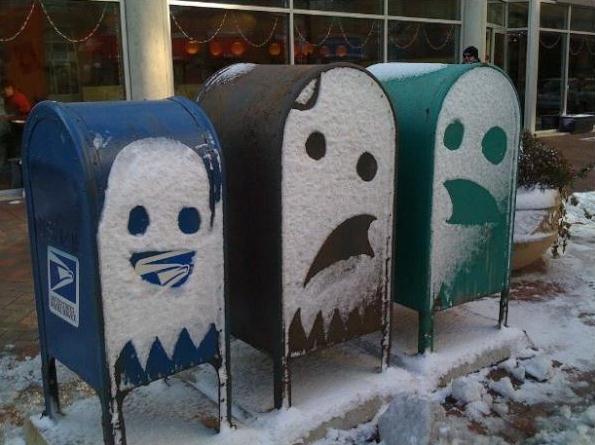
TODAY: Winter Storm Warning. Snow likely. Travel becomes increasingly difficult. High: 29
MONDAY NIGHT: Moderate snow - treacherous travel with icy, snow-covered roads. Low: 21
TUESDAY: Snow tapers by midday; 8-14" totals. Icy roads. High: 25
WEDNESDAY: Welcome to the tundra. Sunny peeks. Wake-up: 2. High: 20
THURSDAY: Mostly cloudy, feels like 10F. Wake-up: 7. High: 25
FRIDAY: Partly sunny. Enjoying January! Wake-up: 8. High: 21
SATURDAY: More clouds than sun, still chilly. Wake-up: 5. High: 26
SUNDAY: Mostly gray, no sign of November yet. Wake-up: 0. High: near 20
Climate Stories...
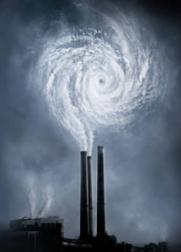
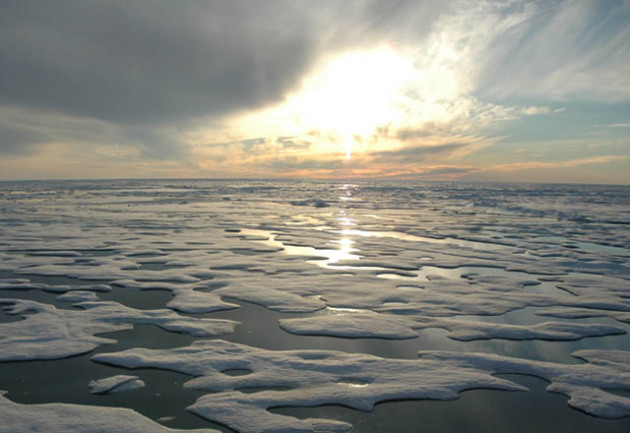
Climate Conflict Is Near, Admiral Warns. U-T San Diego has the story; here's an excerpt: "...But
land, fresh water and other essentials are at risk from the projected
effects of climate change, he said. The U.S. will see conflicts over
those assets unless we convert to clean energy, curb waste and prepare
for long-term challenges, he said. “Sea level is rising, population is
exploding, climates are changing, environments are being affected, and
the potential for a secure and prosperous 21st century is at risk if we
don’t start making some plans for opportunities that are not secured in
the next quarter’s return on investment and the next election,” Hering
said in an interview in advance of his presentation. “We need to make
investments for our grandchildren...” (Image: NOAA).


No comments:
Post a Comment